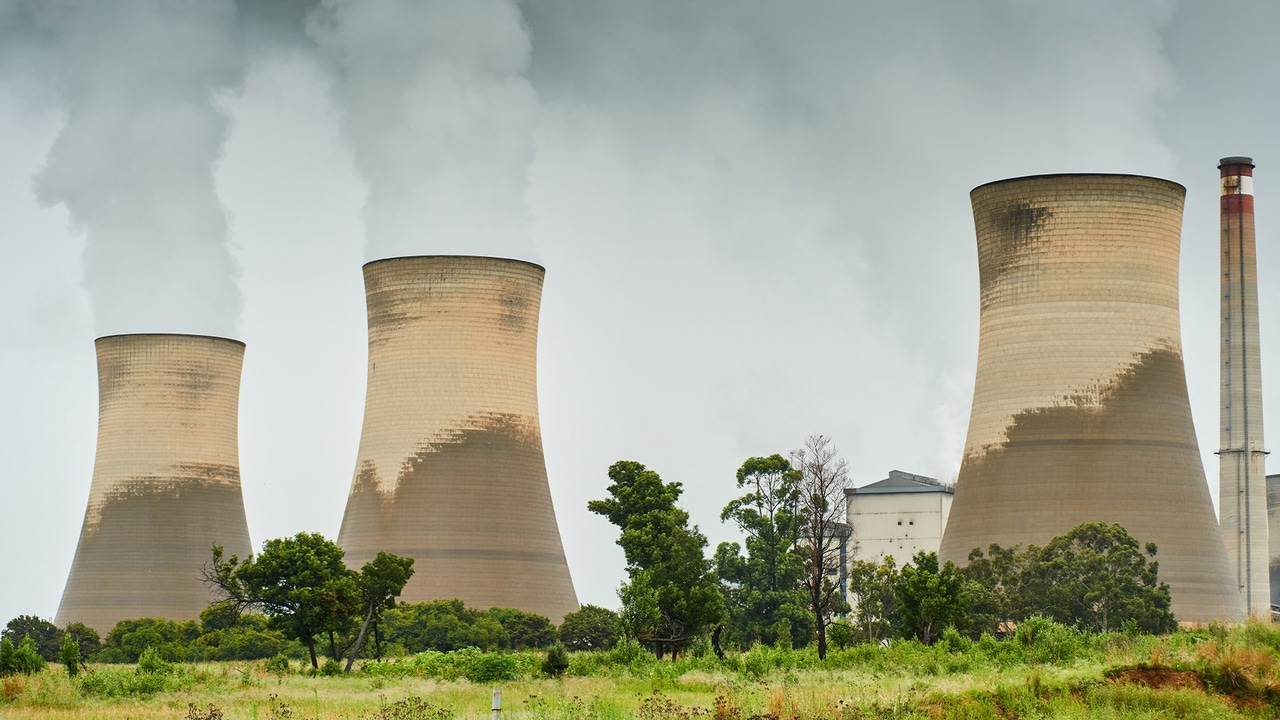Nuclear-Powered Data Centers: When Will SMRs Finally Take Off?Nuclear-Powered Data Centers: When Will SMRs Finally Take Off?
Interest in nuclear-powered data centers surged in 2024, but it may still be years before the SMR market gains real-world momentum.

Amid growing power constraints and concerns over long-term energy sustainability in the data center industry in 2024, nuclear power and small modular reactors (SMRs) emerged as promising solutions to meet these demands.
Last year began with Data Center Knowledge contributor and Apolo CEO Bill Kleyman making the bold prediction that “nuclear power will become the dominant power source for power-hungry communities.” By the year’s end, hyperscalers were locked in a race to secure nuclear energy agreements, highlighting the growing momentum behind SMR technology.
Despite the increasing interest in nuclear technology, no SMRs are currently operational in the US. This raises the recurring question: when will the first nuclear-powered data centers come online? The state of play could soon shift, with energy companies like Oklo planning to deliver their first SMR systems as early as 2027.
With 2025 underway, we take stock of a landmark year in nuclear-powered data center advancements and ask industry experts what they expect to see over the coming months.

SMRs and nuclear power are gaining momentum as potential solutions for data centers (Image: Alamy)
Nuclear-Powered Data Center Developments in 2024
Blackstone’s quarter-billion-dollar investment in data centers – including the purchase of data center operator QTS – led to discussion among staffers that micro-nuclear reactors will allow the equity firm behemoth to move away from local grids.
The White House’s Office of Science and Technology Policy further stoked industry hopes in SMR data center technology by giving the thumbs-up to nuclear power as a reliable and sustainable energy source for digital infrastructure facilities.
Bechtel broke ground on a nuclear reactor in Wyoming that uses sodium as a coolant rather than water.
Oracle founder Larry Ellison made headlines in September by announcing the company would invest in SMRs, contributing to the end of a longstanding taboo against nuclear technology that was already well underway.
Microsoft signed a power purchase agreement to reopen Pennsylvania’s Three Mile Island nuclear plant in order to feed its mounting energy needs.
NextEra Energy expressed interest in recommissioning Iowa’s Duane Arnold nuclear plant.
Amazon committed to building a data center campus next to a nuclear power plant in Pennsylvania, even after the Federal Energy Regulatory Commission rejected a request by Talen Energy in November to increase the amount of power its nuclear plant could supply.
Google began working with utilities around the US and internationally to assess nuclear energy’s potential to power the AI boom.
Meta asked developers for proposals to generate up to 4 GW of new nuclear energy.
Oklo said it could deploy 12 GW of new reactor capacity over the next 20 years through a master power agreement with data center developer Switch.
Nuclear-Powered Data Centers: An SMR-Shaped Future?
Taking stock of the nuclear-powered data center market in 2024, Alan Howard, principal analyst of cloud and colocation services at Omdia,* said: “It’s nothing short of exciting that Amazon, Google, and Microsoft have all signed deals for nuclear power… and Meta is publicly on the hunt.”
Still, these deals are relatively small by the standards of the data center industry, and Howard cautioned against impatience, citing the mid-2030s as the earliest we can expect to see broad commercial availability of nuclear energy in powering data centers. “The reality is that these [nuclear reactors under construction] are essentially test reactors which is part of the long regulatory road nuclear technology companies must follow.”

Microsoft signed a power purchase agreement to reopen Pennsylvania’s Three Mile Island nuclear plant (Image: The Washington Post)
Gordon Dolven, CBRE’s director of data center research in the Americas, agreed that nuclear energy will eventually play a prominent role in powering data centers, although it would be a decade or so before the industry would see widespread adoption.
One of the chief challenges facing data center companies is the five-to-seven-year permitting and construction timelines for nuclear facilities, according to Ryan Mallory, COO at data center firm Flexential.
“Data center companies must begin securing permits, ground space, and operational expertise to prepare for SMRs to become scalable and repeatable by the 2030s,” Mallory said.
Read more of the latest next-gen data center news
There are also technological challenges, according to Steven Carlini, chief data center and AI advocate at Schneider Electric. “Integrating SMRs into the existing ecosystem will be complex,” he said.
However, Carlini said the long lead time and high price tag would eventually be worthwhile. The Scheider executive said organizations like the International Atomic Energy Agency (IAEA) and the Nuclear Energy Agency (NEA) would be key to setting safety standards and facilitating international cooperation.
“The long-term benefits of a stable and sustainable power source will outweigh these initial investments,” he said.
The upshot, as described by Jenny Gerson at DataBank, is that nuclear power has emerged as both a reliable and environmentally friendly solution. “As an emissions-free power source, nuclear energy supports large-scale operators’ energy needs while bolstering their net-zero initiatives,” she said.
With no indication that the energy demands on hyperscalers and data center operators will lessen any time soon, some hope that faster action will be possible. “Everyone in the industry agrees that we hope we are wrong, and that we will see nuclear sooner,” Howard said.
*Omdia shares the same parent company as Data Center Knowledge.
About the Author
You May Also Like









